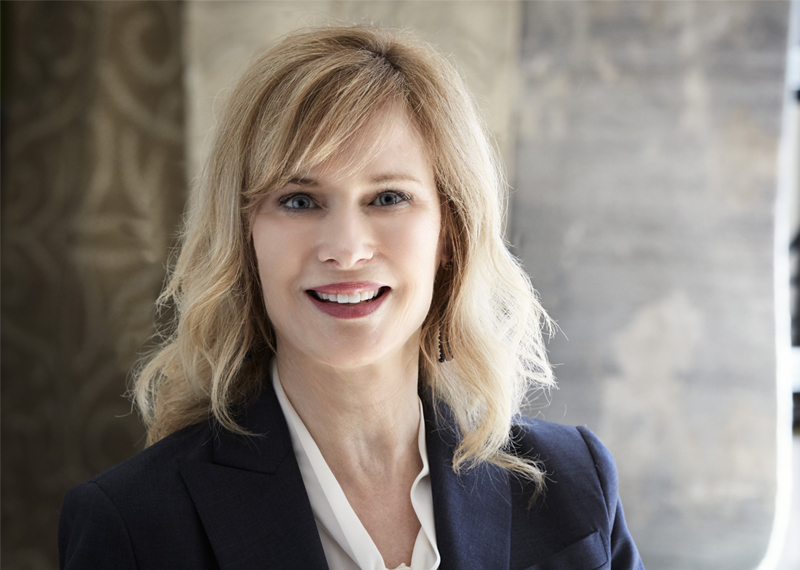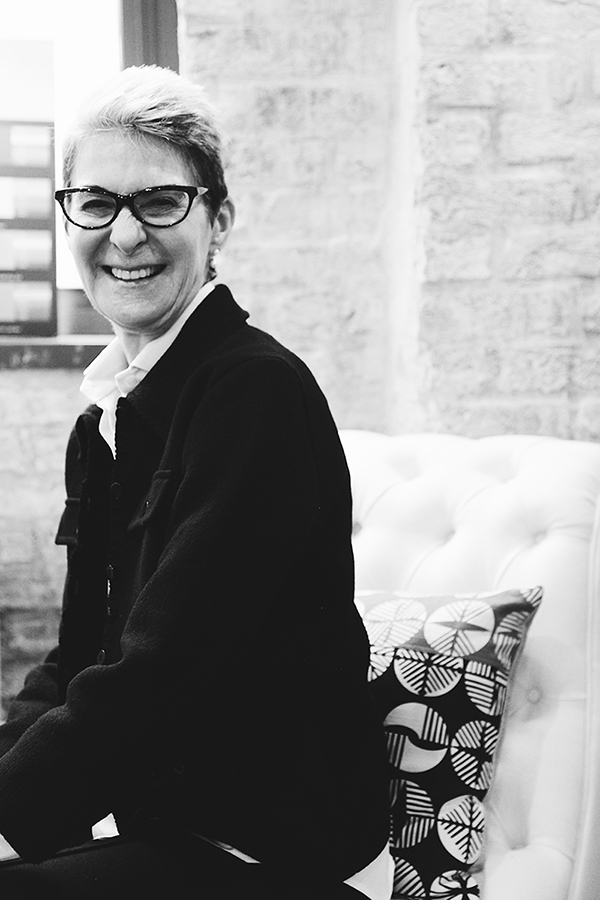
Lynda O’Connor
Lynda O’Connor has been quietly ahead of the curve in the design industry. Known for her one-of-a-kind pillow designs and her expert ability to source the most unique and rare textiles all around the world, she is more than just a designer and a curator of fine materials, she is a story teller. Every fabric incorporated into her designs has an origin story, a life of its own that can date back generations.
While O’Connor intentionally sources her goods, many of her finds are through personal friends that will take her to hidden corners of the world that would never be discovered but for these connections. From a beautiful collection of antique lace from Budapest to a collection of French cuffs or an antique silk baby carrying sash from China, O’Connor brings something special and unique to each of her designs.
Could you explain what you do in a nutshell?
I search for exceptional textiles across different eras and craft traditions that speak to me aesthetically, and, working with my long-time seamstress, cut them and design them into one-of-a-kind – or pairs, if I have enough fabric – pillows.
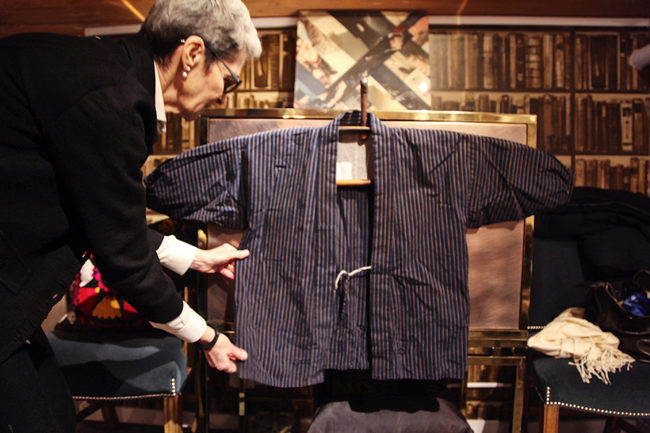
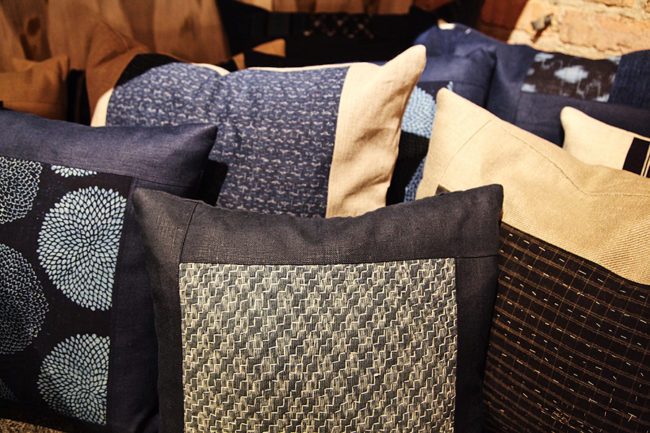
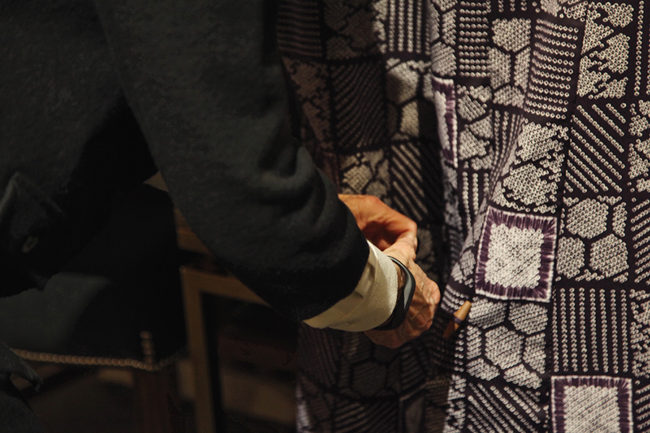
How did your career path lead you to designing pillows?
I have an art history degree, and I am a lifelong collector of textiles and other decorative materials. I had been a Chicago TV producer, then the director of tourism for Illinois for about a dozen years. I was Oprah’s director of communications, at Harpo Studio’s, when I left to accompany my husband to Budapest, Hungary for a few years. When we came back to Chicago, I wanted to do something creative on my own terms, so I pursued my interest in interiors by designing pillows and throws for the trade.
You’re known for your expert ability to find unique fabrics. Where do you source your materials from?
Anywhere and everywhere. I have dug through boxes of antique church vestments in Antwerp, state-owned pawn shops in Budapest, flea markets and antique stores in Amsterdam and Brussels, second-hand stores in Helsinki, a linen showroom in Moscow, artisan studios in Florence, you get the idea. I have also developed long-distance relationships with restorers and collectors in Italy, France, and Japan. My husband once brought me a big bag of pre-Revolution Shanghai cotton. Wherever I go, my eye is always looking, usually for small pieces, not bolts, wings or yard goods.
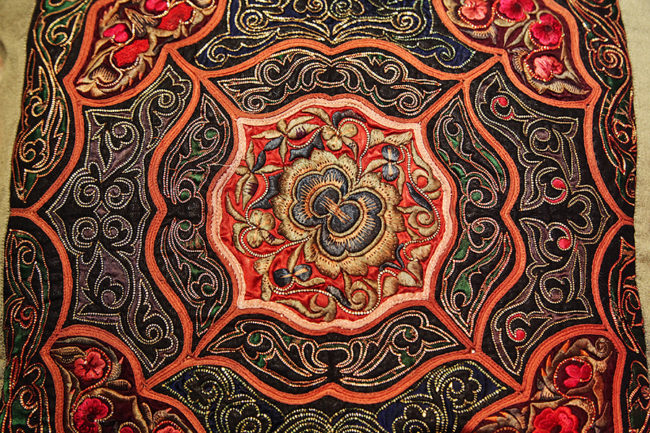
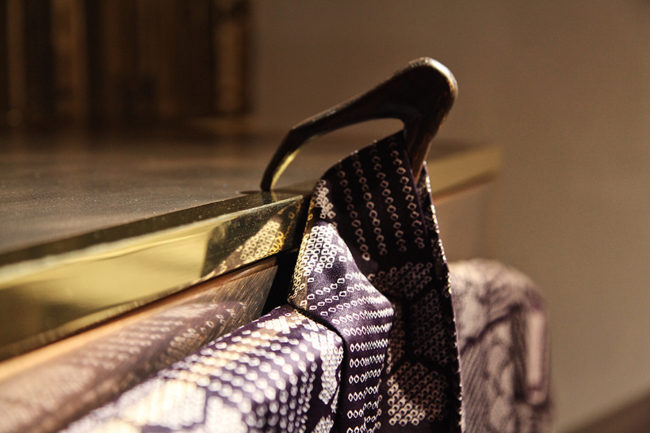
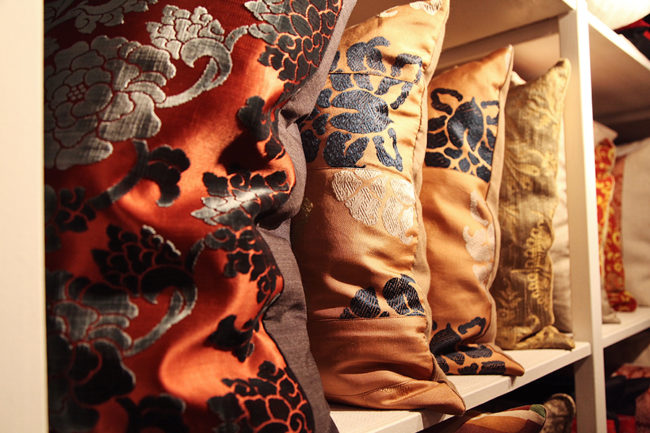
Could you share a favorite sourcing story?
We went to Antwerp, Belgium, to experience a place that inspired so much of modern fashion. We noticed a storefront in an area on the fringe of the center. We could see a great diversity of goods, buttons, trims, “smalls” and ephemera. After years of experience, I sensed that this was a place for me.
It was closed and locked, but we knocked on the door, and out from the back came an elderly woman with the serene face of a saint and an impish twinkle in her eye. A textile “soul sister”, and I have met many. She bought her collections from the convents that had done church needlework for hundreds of years, and were now themselves in need of money.
The more boxes she pulled out from the back room and her apartment upstairs, the more and louder we giggled, which turned to laughing in our shared delight, as my pile of purchases grew – ancient gold trims, remnant appliques, cards of unusual fasteners, watered silk vestments built on an inner framework of the oldest and finest imaginable linen. A real soul-nurturing delight. We went back every few years, until she no longer answered the knock on her door.
What is the most unique fabric you’ve come across?
There has never been just one. I look for the unique; the ordinary doesn’t interest me. And I love so many different textile pieces for so many different reasons. Each has its unique character, story or significance: how it was made, the source of its dyes, its provenance, the past lifestyle that it represents. A source who became a friend sent me a gift, a 9×4-foot renaissance religious tapestry that had been looted of its gold and silver threads, and much of its silk, so that few of its allegorical images were identifiable. The revealed surface shows bits of manuscripts and such that made up the undersurface. I had it restored and mounted by Frank Connet, and hung it across from our bed, where I continue to explore its wonders.
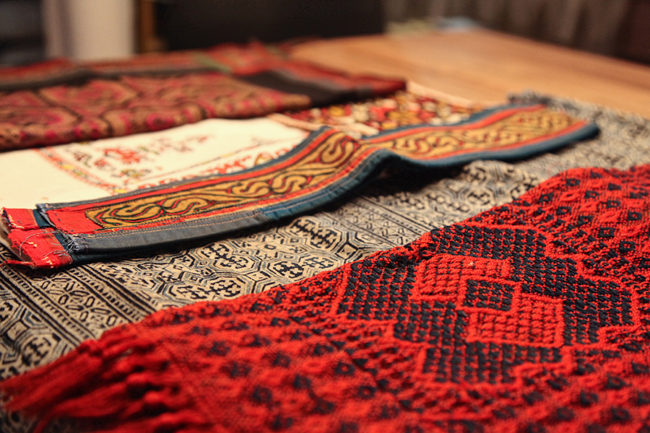
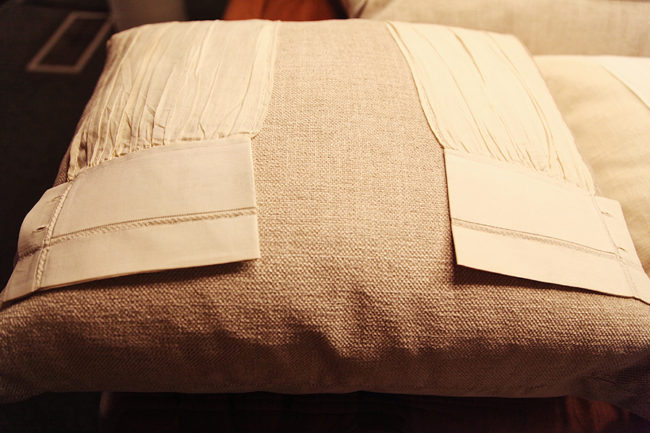
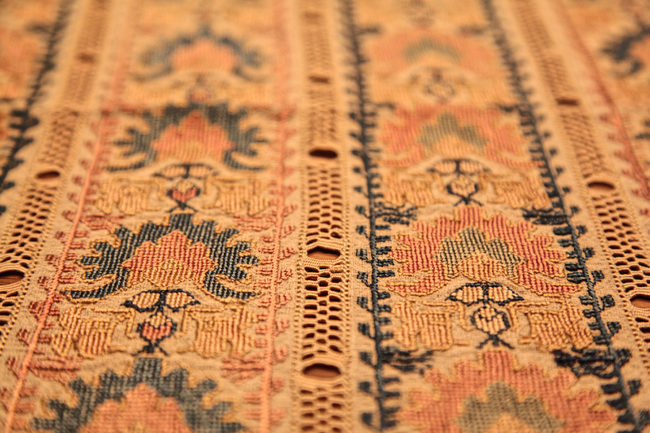
What is your design process?
The fabric generally tells me what to do, how it wants to be treated. If I am cutting it into pieces, then we play with it, trying different compositions, until we get it right. This is particularly true when combining different textiles, where the sense of harmony in color and texture is usually a more delicate balance to achieve. This is really fun and creatively satisfying work for us, as we sit on the floor moving materials around. The pillow’s shape and size also come out in this way. But I have a pretty good sense of what I want to do with a piece, when I find it.
Do you solely work with antique and vintage materials?
With the exception of new backs and made-to-size fillers, mostly yes. New materials, even the most luxurious new weaves, are generally available, and I am interested in creating for my clients accent pieces they will see nowhere else. I will occasionally work with new materials on custom projects for long-time clients like Martin and Shea. But I do bring my older textiles back to life with thorough cleaning, restoration and backing for the more fragile materials. These older materials still have something important to say in contemporary interiors.
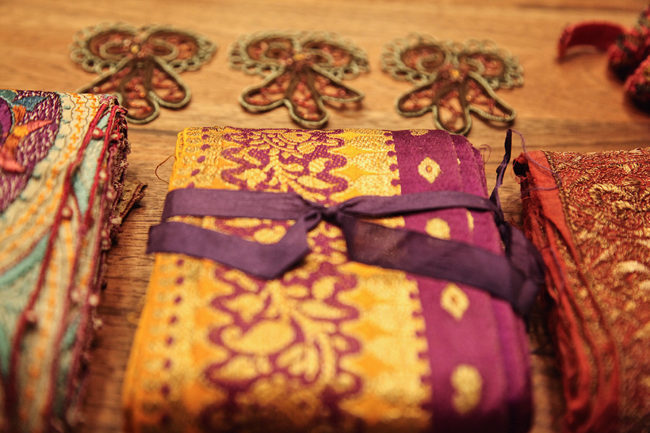
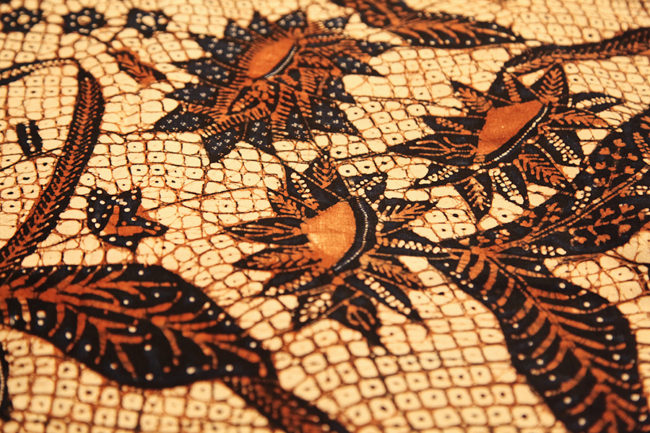
Working with vintage materials is a great way to reduce waste. Is sustainability and conscious design implemented in your design process?
That’s an interesting question. In the end, yes, it turns out that way. I am part of a long chain of people who have seen and kept these materials for their intrinsic value. I restore them to an active role in the decorative tradition from which they come, for designers and clients who are also part of that long chain of aesthetic recognition.
Tell us more about you…
When you’re not designing beautiful pillows, what do you like to do on your free time?
I don’t have all that much free time. When I am not designing, I am looking for materials, checking out the international interior design scene and the fashion world, and constantly refining my own interiors, including seasonally changing pillows. I am also a farm-to-table cook, and that takes a good deal of time sourcing fresh materials for that evening’s dinner. In what passes for a growing season in Chicago, I tend to my herb in a community garden. I do try to get at least one brisk walk in every day, two or more on a good day. A little free-weight time, and then to bed with a book.
What does a typical day look like for you from start to finish?
I get up to a tall glass of hot water with freshly squeezed lemon juice and honey, tend the house plants and scroll through Instagram. Several times a week, I take Pilates from friend and trainer Mark Ferguson Gomez, and them I am ready to take on my roles as small business owner, spouse, friend and grandmother. The answer above fills in the details of the rest of the day.
What can’t you live without?
Fresh air. Being outside. Taking long walks.
What magazines and online sites do you look at for inspiration?
I find inspiration within myself, but I keep up on a daily basis with what others are doing in the many aspects of design and craft, lifestyle, artisanal food, and the online-accessible world in general. Stimulating and provocative reading includes the weekend editions of Financial Times and Wall Street Journal, Tyler Brulee’s monthly Monocle, The World of Interiors, Elle Décor, etc., etc. I am daily inspired by the amazingly creative people I follow on Instagram, where I also post frequently as Textures for Home.
Who are your design heroes?
My “heroes” are more “schools” and “eras” than individuals. The Japanese integration of design and craft as well as Finnish modernism would be at the top of my list.
What is your favorite thing to do or see in Chicago?
An evening at the Lyric Opera.
Where would you take a good friend for dinner In Chicago?
Gundis Kurdish Kitchen


